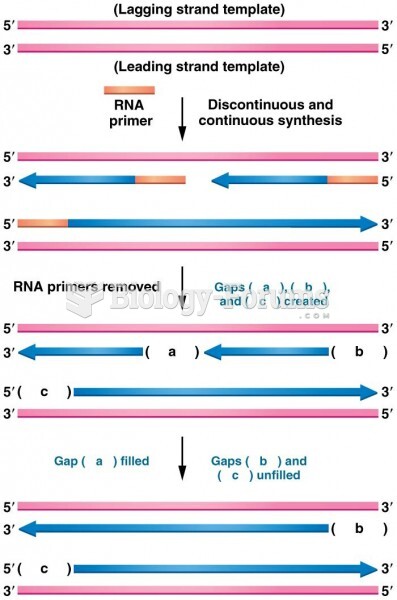This topic contains a solution. Click here to go to the answer
|
|
|
Did you know?
More than 50% of American adults have oral herpes, which is commonly known as "cold sores" or "fever blisters." The herpes virus can be active on the skin surface without showing any signs or causing any symptoms.
Did you know?
Excessive alcohol use costs the country approximately $235 billion every year.
Did you know?
Human kidneys will clean about 1 million gallons of blood in an average lifetime.
Did you know?
The first documented use of surgical anesthesia in the United States was in Connecticut in 1844.
Did you know?
There are over 65,000 known species of protozoa. About 10,000 species are parasitic.






